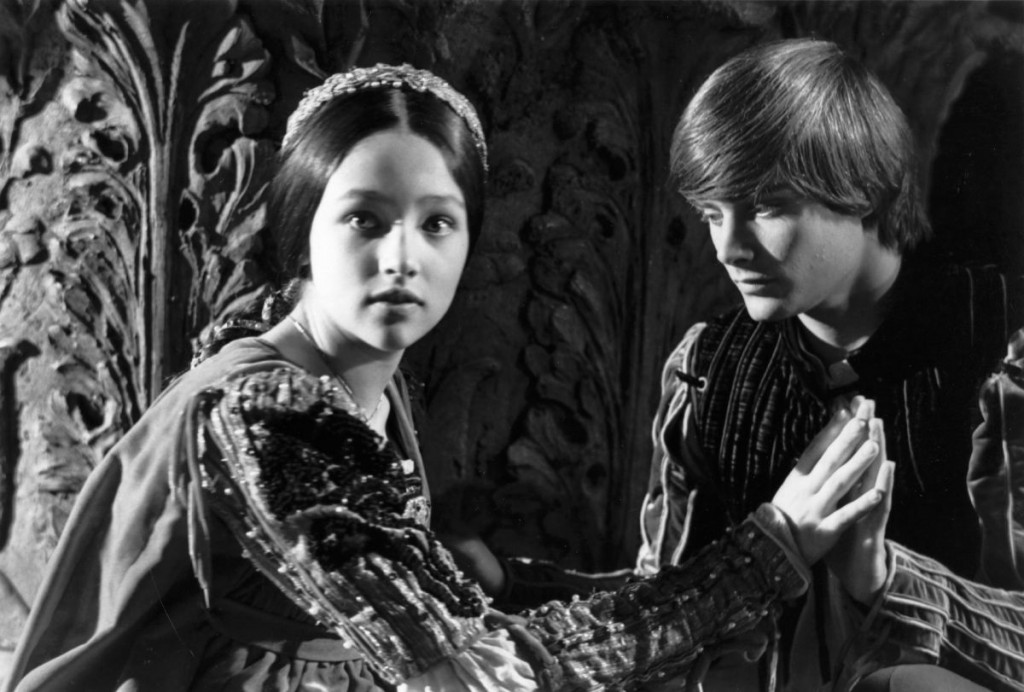The Real Romeo and Juliet April 7, 2016
Author: Beach Combing | in : Modern , trackback
It is always pleasant in history to look back to the moment when something began; when the unwinding shoot starts to fracture the seed shell.
It is the evening of 26 February 1511 and Antonio Savorgnan and his men are enjoying a ball at his sister Maria Savorgnan’s house in Udine (Italy), Piazza Venerio. The evening is tense. The men there know that the next day, Fat Thursday, full carnival, will involve faction fighting in the city: though perhaps none could have imagined the reality, nobles in the city being tortured to death by mobs. Some of those at the ball will not survive the next day’s fighting, some will die fighting each other: Antonio himself will, a year later, have his brain fed to pigs by his enemies (really). The ball and its conversations and concerns are naturally overshadowed in memory with one exception. A sixteen-year-old Savorgnan girl, Lucina, the daughter of Maria, sings and dances and amazes the spectators: this was recalled even through the bloodshed that followed by Amaseo, a bad tempered city chronicler.
One young man who watched that evening was Lucina’s distant cousin Luigi da Porto, a trusted lieutenant of Antonio and a man who had already earned a reputation as a brave and resourceful fighter. Luigi, as subsequent events would show, fell in love with Lucina and that song on that evening before the bloodshed perhaps crystallized a perfect version of the girl in his mind. He would never get engaged to Lucina, not least because Luigi worked for Antonio, a foe of Girolamo, Lucina’s guardian. Luigi was also badly injured in June of 1511 and never really recovered from his wound: his left side was paralyzed; was he subsequently impotent? He would die in 1529. Lucina was married, meanwhile, in 1517 to her cousin Francesco in a wedding to rebind the old Friulian aristocracy together after years of blood-letting. In the late teens or early twenties of the century, however, Luigi did his bit for posterity. The crippled man wrote a novel Giulietta e Romeo about a young woman and young man, whose love is destroyed by the city’s factionalism. Luigi dedicated the book to Lucina. He may even have begun the story as a reaction to the news of her marriage. The idea of a real life love affair behind a fictional Romeo and Juliet is usually associated with British scholar Cecil H Clough, who made the argument in 1985, but it was first suggested, albeit with far less evidence, in the mid nineteenth century by Italian scholars.
How closely does the novel (which is the distant model for Shakespeare’s play) follow Luigi’s own ‘storia’ with Lucina? Some Italian scholars have suggested that Luigi and Lucina actually married in secret. The truth is though that Luigi may never have talked to Lucina: this was perhaps all a Dantean love with Lucina as Beatrice. Beach likes to think that something did happen: he is struck by the fact that Luigi chose to dedicate the book to Lucina. But perhaps ‘touching’ was limited to a number of intense conversations or dances at the ball: fragments of which have survived into some of the most powerful scenes in Shakespeare’s story: ‘O, then, dear saint, let lips do what hands do/ They pray; grant thou, lest faith turn to despair.’ Luigi set his tale in Verona, whose towers he could see from his villa, but the real story had taken place in Udine some ten years before.
A beautiful girl stands up and sings… Eighty years later in London a playwright sits down and writes the tones and half-tones of her voice.
Other thoughts on the sources for Romeo and Juliet: drbeachcombing at yahoo dot com
30 April 2016, Chris S writes: My memory serves, since it was affirmed by a google search, that Shakespeare’s Romeo and Juliet derives from the tale of Pyramus and Thisbe. R&J isn’t the only example with Hamlet and Macbeth having roots in Aeschylus’s Oresteia. Whether this was a case of plagiarism, cryptomnesia (look it up), or tapping into a common human theme may remain a mystery unless we find the 16th public library records showing Bill frequently borrowed those ancient texts. And, maybe, those tales were plagiarized from older sources.
http://shakespeareoxfordfellowship.org/wp-content/uploads/Oxfordian2004_Showerman-Orestes.pdf
http://shakespeareoxfordfellowship.org/wp-content/uploads/Showerman.Macbeth.Oresteia.pdf
http://ecommons.luc.edu/cgi/viewcontent.cgi?article=1811&context=luc_theses


